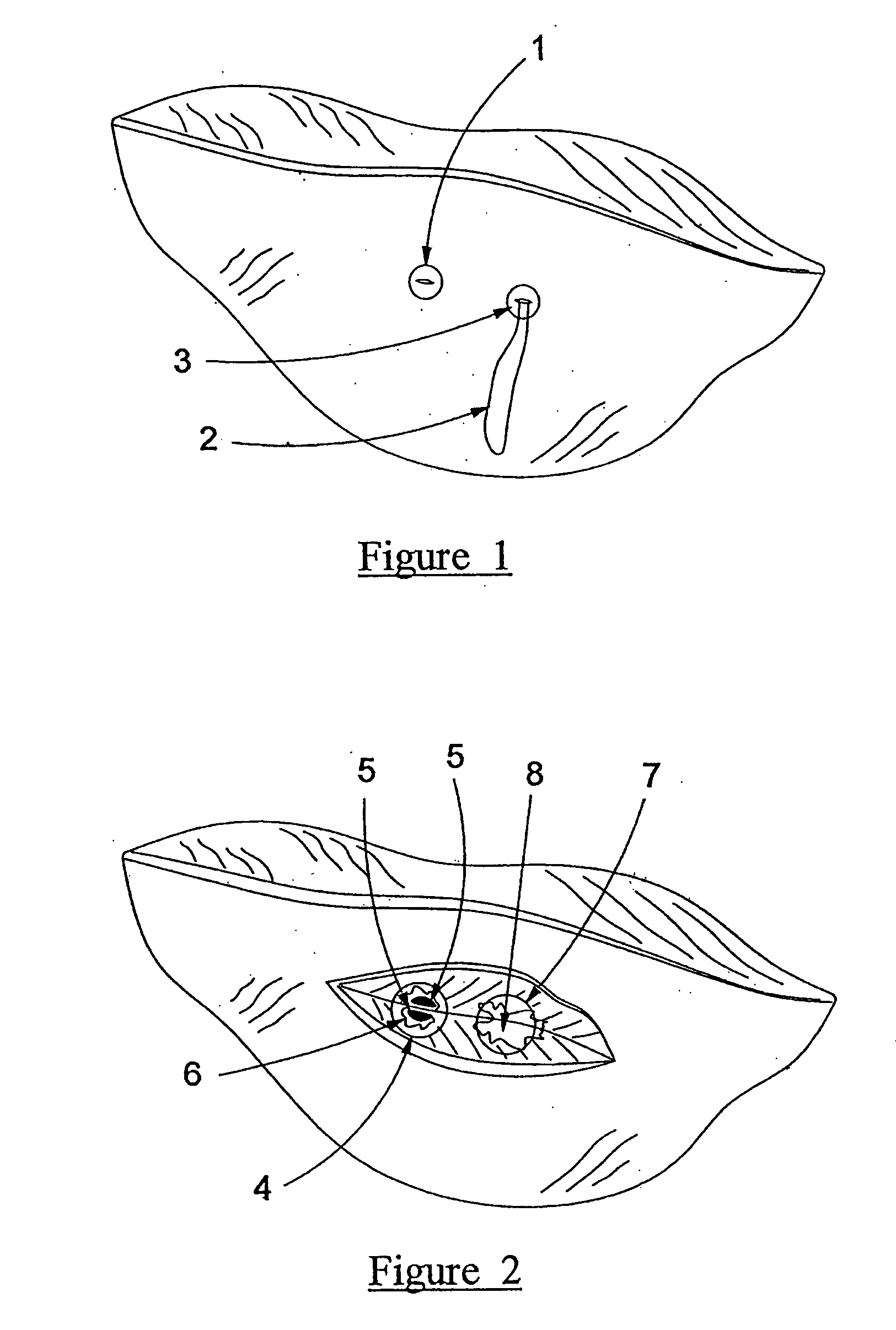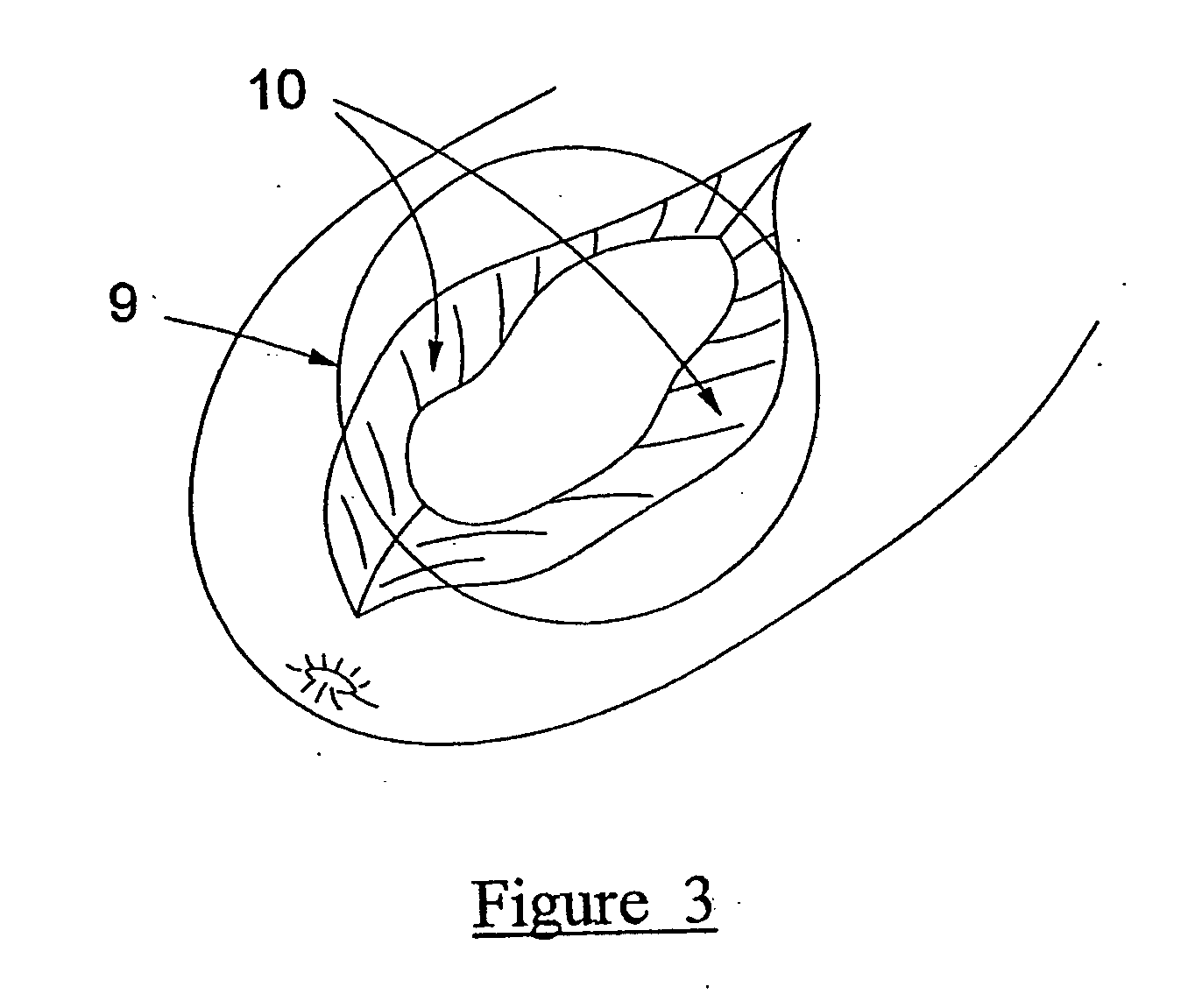Injection formulation
a technology of injection formulation and injection site, which is applied in the field of injection site formulation, can solve the problems of difficult administration to the internal regions of the subject, affecting the safety of subjects, and solid objects on which the machinery used for processing animals can become caught or damaged, so as to prevent the accumulation of waste of agents, reduce the amount of injection site, and clean the wound/administration area
- Summary
- Abstract
- Description
- Claims
- Application Information
AI Technical Summary
Benefits of technology
Problems solved by technology
Method used
Image
Examples
example 1
[0085] The nature of the depot, i.e. viscous solution, gel or semi-solid is described by addition of gelling agent to solvent to show that the effect of selection of depot formation material on the final depot characteristics. Results are shown in Table 1 below.
TABLE 1Materials Used and the Depot CharacteristicsGelling AgentSolventCharacteristicsPolyethylene oxideEthanolViscous depotPolyethylene oxideEthanol / GlycerinViscous depotHydroxypropyl β-EthanolViscous depotcyclodextrin
example 2
[0086] By way of further illustration, the experiment in Example 1 is repeated using polyethylene oxide as the gelling agent and ethanol as the solvent. [0087] Polyethylene oxide (1 g) was suspended in ethanol (9 g). [0088] 0.1 mL of this suspension was dispensed from a syringe onto a drop of water (approximately 0.05 mL) at the bottom of a beaker. [0089] A gel was observed to rapidly form which held its shape and could not be poured from the beaker.
example 3
[0090] Animal trials were conducted to determine the depot forming ability of the formulation.
[0091] A formulation of the present invention is used with polyethylene oxide used as the gelling agent and a combination of ethanol and glycerin as the solvents. Sodium fluoresceine is used as a dye to show experimental results.
[0092] A control sample is used for comparison which includes no gelling agent (only glycerin, ethanol and sodium fluoresceine).
[0093] Tests were completed on deer muscle by injection of both formulations (invention and control) into the muscle tissue.
[0094] The composition of each formulation is as shown in Table 2 below.
TABLE 2Formulations UsedCompoundTest formulationControl formulationPolyethylene oxide10%w / wEthanol45%w / w50%w / wGlycerin45%w / w50%w / wFluoresceine Na1mg / mL1mg / mL
[0095] Referring to FIG. 1, the exterior results of injection of test and control formulations into excised deer muscle tissue is shown. The injection point of the test formulation (1) sh...
PUM
| Property | Measurement | Unit |
|---|---|---|
| diameter | aaaaa | aaaaa |
| diameter | aaaaa | aaaaa |
| time | aaaaa | aaaaa |
Abstract
Description
Claims
Application Information
 Login to View More
Login to View More - R&D
- Intellectual Property
- Life Sciences
- Materials
- Tech Scout
- Unparalleled Data Quality
- Higher Quality Content
- 60% Fewer Hallucinations
Browse by: Latest US Patents, China's latest patents, Technical Efficacy Thesaurus, Application Domain, Technology Topic, Popular Technical Reports.
© 2025 PatSnap. All rights reserved.Legal|Privacy policy|Modern Slavery Act Transparency Statement|Sitemap|About US| Contact US: help@patsnap.com


